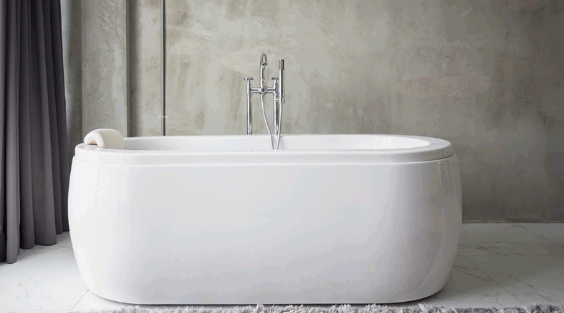
Are you considering using plaster in your bathroom but unsure if it's the right choice?
Learn about the different types of plaster that can be used in a bathroom, such as cement-based, gypsum-based, and acrylic-based plaster.
Explore the advantages and disadvantages of using plaster in a bathroom, along with tips on how to apply and maintain it.
If you're looking to renovate your bathroom with plaster, keep reading to learn more!
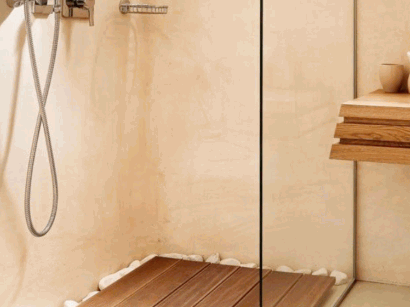
Table of Contents
Plaster can be a suitable choice for bathrooms due to its moisture resistance properties, making it a viable option for maintaining the walls and surfaces in such a humid environment.
One of the significant benefits of using plaster in bathrooms is its ability to withstand constant exposure to moisture without deteriorating. The application process of plaster involves creating a smooth and seamless surface, providing an elegant finish that complements the overall bathroom aesthetics. Waterproofing materials are often incorporated into the plaster mixture, enhancing its resistance to water and preventing issues such as mold and mildew growth. Plaster also offers durability, ensuring the long-term structural integrity of the bathroom walls, and contributing to a functional and aesthetically pleasing space.

When considering plaster for a bathroom, there are several types that can be utilized to enhance the design and functionality of the space, each offering unique characteristics and finishes suitable for different preferences and requirements.
Uncover more: How To Plaster With Lime
Cement-based plaster is a popular choice for bathrooms due to its waterproof and water-resistant properties, ensuring a durable and long-lasting application in moist environments.
In terms of installation, cement-based plaster offers a smooth and seamless finish, ideal for creating a sleek appearance on bathroom walls. Its ability to resist water penetration effectively prevents moisture from seeping into the walls, offering protection against mold and mildew growth. This type of plaster provides excellent adhesion to various surfaces, ensuring a secure and stable application.
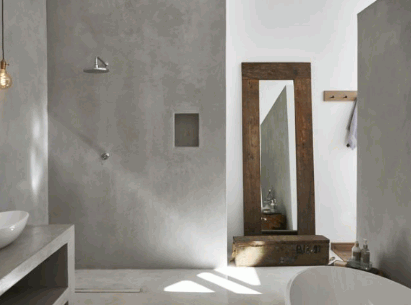
Gypsum-based plaster is a cost-effective solution for bathroom walls, offering a smooth and clean finish that is relatively easy to maintain and suitable for both new construction and renovation projects.
One of the key advantages of gypsum-based plaster is its ability to be applied in a single layer, reducing the time and effort required during the preparation process. When mixed correctly, gypsum plaster provides a strong and durable surface that can withstand moisture and humidity, making it ideal for areas prone to high moisture levels like bathrooms. Gypsum plaster is versatile and can be used to create intricate designs and textures, adding a unique touch to your space.
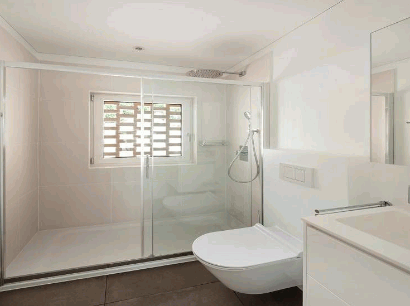
Acrylic-based plaster provides a modern alternative to traditional materials in bathrooms, offering a range of design options such as mimicking tiles, vinyl wallpaper, or acrylic panels for a unique and customizable finish.
One of the key advantages of using acrylic-based plaster in bathroom design is its versatility. Not only does it offer a contemporary look, but it also allows for various customization options that can cater to different design preferences. Along with replicating the appearance of tiles or vinyl wallpaper, acrylic-based plaster can be seamlessly applied to create sleek and seamless surfaces.
When compared to materials like fiberglass panels, acrylic-based plaster stands out due to its aesthetic appeal and ease of maintenance. The ability to mold acrylic-based plaster into different patterns and textures provides designers with a wide array of creative possibilities, making it a popular choice for modern bathroom renovations.
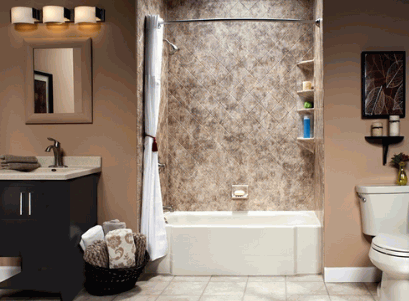
Using plaster in a bathroom offers numerous advantages, including water resistance, durability, and the ability to create a pleasing aesthetic that complements the overall interior design of the space.
One of the key benefits of using plaster in bathrooms is its exceptional water resistance. This quality helps prevent moisture damage and mold growth, making it a practical choice for a high-humidity environment like a bathroom. Plaster's inherent durability ensures longevity, reducing the need for frequent repairs or replacements.
The texture and finish that plaster offers can add a unique touch to the bathroom, providing a rustic or elegant appearance based on the desired aesthetic. Proper preparation of the surface before applying plaster ensures a smooth and flawless look, enhancing the overall visual appeal.
One key advantage of using plaster in a bathroom is its water-resistant nature, making it an ideal choice for surfaces that are constantly exposed to moisture, ensuring a long-lasting and low-maintenance finish.
When applying plaster in a bathroom, it is essential to ensure a proper mix of materials to enhance its durability against water damage. The process involves creating a smooth and even coat on the walls, providing a protective barrier that prevents moisture from seeping through.
Regular maintenance includes inspecting for any cracks or signs of wear, as repairing these promptly helps maintain the water-resistant properties of the plaster. By safeguarding the walls against water infiltration, plaster significantly contributes to the overall longevity of the bathroom, reducing the risks of mold growth and structural damage in the long run.
Plaster is renowned for its durability in bathroom applications, providing a sturdy and robust surface that is easy to clean and maintain, offering long-term benefits in terms of both functionality and aesthetics.
The smooth-out texture of the plaster creates a seamless look that enhances the overall design of the bathroom, giving it a modern and sophisticated feel. The layering process involved in applying plaster ensures a solid and uniform finish, adding to its strength and resistance against daily wear and tear. Its moisture-resistant properties make it an ideal choice for humid environments like bathrooms, where maintaining cleanliness and preventing mold growth are crucial.
Plaster's smooth finish in bathrooms makes it easy to clean, requiring minimal maintenance and upkeep, ensuring that the design remains pristine and the surface retains its original charm over time.
In terms of utilizing plaster in bathrooms, the preparation process involves creating a sturdy and even substrate prior to the application of the plaster mix, ensuring a flawless end result. This meticulous preparation not only enhances the durability of the finish but also contributes to the ease of cleaning. During the application, skilled artisans meticulously apply the plaster mix onto the walls, allowing for a seamless and luxurious appearance.
The benefits of utilizing plaster extend beyond its aesthetic appeal. The versatile nature of plaster allows for a plethora of design possibilities, ranging from smooth seamless surfaces to textured finishes that add depth and character to the bathroom space.
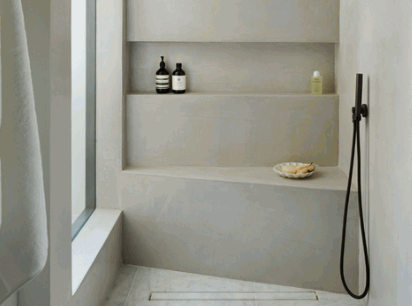
Despite its numerous advantages, using plaster in a bathroom also comes with certain disadvantages, including susceptibility to cracking and limited design options compared to alternative materials.
Cracking is one of the major drawbacks of using plaster in a bathroom. Due to the humidity and moisture present in a bathroom environment, plaster can easily develop hairline cracks over time, leading to potential water damage and mold growth. Compared to materials like tile or acrylic panels, plaster has limited design options, restricting homeowners from achieving more customized and modern aesthetics.
One of the drawbacks of using plaster in a bathroom is its tendency to develop cracks over time, which may require regular maintenance and repair, potentially increasing the overall costs associated with its upkeep.
The presence of mold and mildew in these cracks can further exacerbate the situation, leading to health risks and a deteriorating aesthetic appeal. Without timely intervention, the structural integrity of the bathroom walls may be compromised, necessitating more extensive and costly repairs.
The longevity of the plaster application greatly depends on how well these cracks are addressed. Ignoring them can result in water seepage, weakening the materials and causing more significant damage over time. Therefore, regular inspections and prompt repairs are essential to maintain the durability and visual appeal of your bathroom walls.
When using plaster in a bathroom, one limitation to consider is the relatively restricted design options compared to materials like tiles or vinyl wallpaper, as the plaster may offer fewer texture and finish choices for customization.
For instance, plaster surfaces are generally smooth and lack the intricate patterns or glossy finishes that other materials can provide.
This limitation can hinder creativity in achieving a specific look or theme in the bathroom space.
The application of plaster requires a meticulous installation process, often involving multiple coats and sanding to achieve a polished appearance.
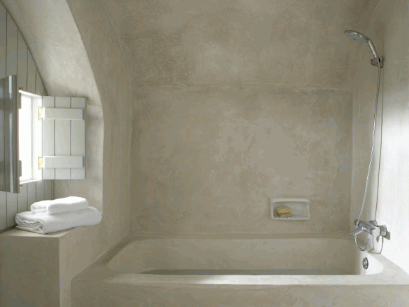
Applying plaster in a bathroom involves a series of steps that begin with preparing the surface, followed by mixing the plaster to the desired consistency, and finally applying it in a smooth and even coat for a seamless finish.
Surface preparation is crucial as it ensures the plaster adheres properly and lasts. This includes cleaning the walls, removing any loose particles, and repairing cracks or holes.
Once the surface is ready, mixing the plaster involves combining the powder with water to create a paste-like texture. It's essential to achieve the right consistency for easy application.
Next, using a trowel, the plaster is spread evenly on the walls, starting from the top and working downwards to ensure uniform coverage. This step requires precision to achieve a professional finish.
Waterproofing additives can also be incorporated into the plaster mix to enhance durability and protect the walls from moisture. The process demands attention to detail and skill to achieve a flawless result.
Before applying plaster in a bathroom, it is crucial to prepare the surface adequately by ensuring it is clean, smooth, and free from any debris, allowing the plaster to adhere properly using a trowel for an even and water-resistant finish.
Surface preparation is the foundation of a successful plaster application. A clean and smooth surface provides the ideal canvas for the plaster to mix and apply seamlessly. When a surface is properly prepped, the plaster can bond effectively, creating a durable and aesthetically pleasing finish. The use of a trowel ensures an even application, preventing lumps and bumps that can compromise the final look.
Mixing the plaster for bathroom application involves combining the plaster compound with water to achieve the desired consistency, ensuring a smooth and workable mixture that can be easily applied to the prepared surface for an even finish.
It is crucial to follow the recommended ratio of plaster to water to avoid a mixture that is too thick or too runny, as this can affect the coat's adhesion and drying process.
The surface that the plaster will be applied to should be clean, dry, and free of any contaminants to promote proper adherence. With the correct consistency, the second coat can be seamlessly applied, ensuring a uniform and professional result.
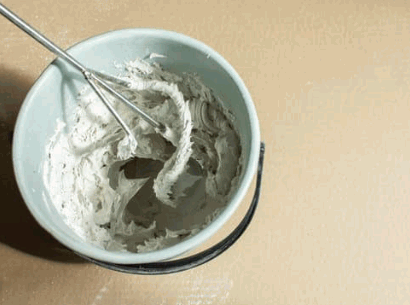
When applying plaster in a bathroom, it is essential to coat the prepared surface evenly with the mixed plaster, using a trowel or spatula to create a smooth and consistent finish that enhances the overall aesthetic of the space.
Ensuring that the plaster is spread uniformly helps to smooth out any imperfections on the walls or ceiling. This process demands patience and precision to achieve a flawless result. Selecting the right tools such as a hawk and float can make the application easier and more efficient. By carefully layering the plaster and feathering the edges, you can lessen the need for excessive sanding and achieve a seamless look in your bathroom design. This meticulous approach ensures that the final coat bonds well with the previous layers, providing durability and enhancing the benefits of plaster application in the long run.
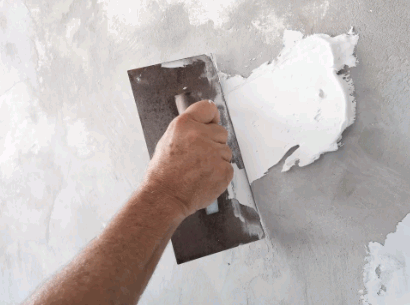
To ensure the longevity of plaster in a bathroom, it is essential to follow specific maintenance tips, such as regularly checking for cracks, promptly sealing and repainting damaged areas, and maintaining proper ventilation to prevent issues related to mold and mildew.
A second vital aspect of maintaining plaster is to ensure that the surface remains smooth and free from imperfections. Regularly inspect the plaster for any signs of rough patches or uneven areas, as these can indicate underlying issues that may lead to future cracks or deterioration. Use gentle sandpaper to smoothen out any rough spots, followed by a thorough cleaning to remove dust and debris.
A crucial maintenance practice for plaster in bathrooms is to regularly inspect the surfaces for any signs of cracking, as addressing these issues promptly can help maintain the structural integrity and moisture-resistant properties of the plaster.
Checking for cracks in plaster applications is vital as these small imperfections, if left unattended, can compromise the entire structure over time. Not only do cracks detract from the aesthetic appeal of the bathroom, but they also pose a risk of water seepage and further damage.
Early detection of cracks is key to preserving the durability and longevity of the plaster finish, saving homeowners from costly repairs or even plaster replacements down the line. By identifying and repairing cracks early on, the bathroom's walls and ceilings remain strong and impervious to moisture infiltration.
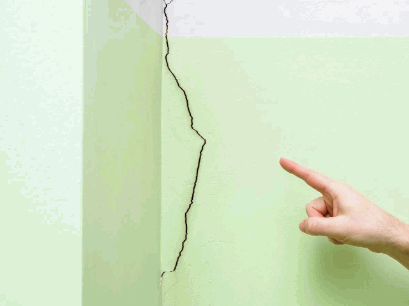
In cases where cracks or damage are detected in bathroom plaster, it is essential to seal the affected areas and repaint as necessary, ensuring the waterproofing properties are maintained and preventing further deterioration that may require extensive reapplication.
When addressing cracked plaster, the first step is to carefully assess the severity of the damage to determine the appropriate repair method. Small cracks can often be filled with joint compound or spackling paste, smoothed out to blend with the surrounding texture.
More extensive damage may require cutting out the affected area, applying a mesh tape for added reinforcement, and then layering with a setting-type compound to create a seamless surface.
After the repair work, it is crucial to prime the area before applying the final coat of paint to ensure proper adhesion and a consistent finish.
Maintaining proper ventilation in the bathroom is essential for preserving the integrity of plaster surfaces, as adequate airflow helps control moisture levels, reducing the risk of mold and mildew formation, and ensuring the longevity of the plaster mix.
In terms of maintaining plaster surfaces in the bathroom, the first step is to apply a suitable ventilation system that facilitates the movement of air. This initial intervention is crucial as it prevents excessive moisture buildup, which is the primary culprit behind plaster damage.
A well-ventilated bathroom not only keeps mold at bay but also plays a significant role in prolonging the life of the plaster mix. By prioritizing airflow, you can create a healthier bathroom environment while safeguarding your plaster surfaces from potential deterioration.